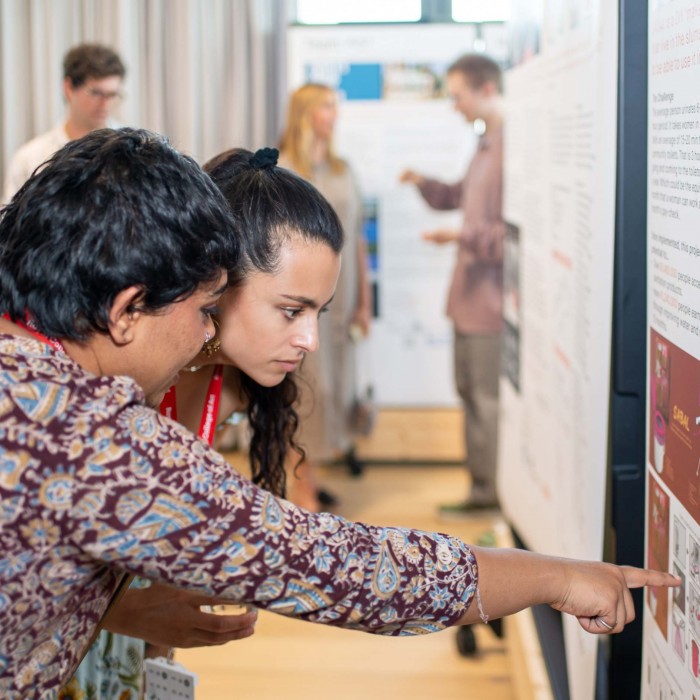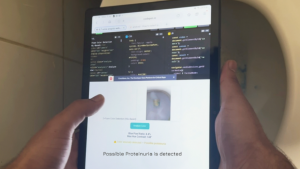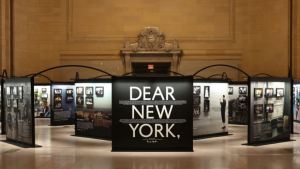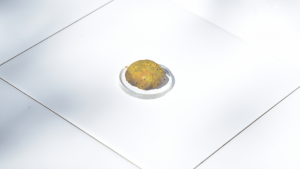Billions of people around the world don’t have access to clean drinking water and safely managed sanitation. This includes a lack of safe, sanitary toilet experiences for women in India's urban slums.
Now, Sabal, a 'make your own toilet’ DIY kit, enables women to set up temporary toilets in their homes, or safely use an existing shared toilet. The kit includes a privacy screen, solidifying ‘pee powder’, a toilet bucket with a seat, and a reusable toilet lining.
Sabal is just one of the solutions created by students from the Royal College of Art’s School of Design in London, in conjunction with non-profit alliance Design for Good, focusing on bringing clean water and sanitation to communities around the world. Other innovations include period education for young girls near Arusha, Tanzania, a social media campaign encouraging water conservation, a platform for regenerating peatlands through community empowerment, and an app that promotes the conservation of wetlands.
Established in 2022, Design for Good is a non-profit alliance of leading global organisations that aims to directly harness the creative talent of thousands of designers to design, develop and deliver open-source products and services to improve the lives of millions. For its first year, Design for Good focused on the United Nations' Sustainable Development Goal 6: to ensure availability and sustainable management of water and sanitation for all. This saw a unique collaboration of more than 600 designers deliver over 20 solutions aimed at tackling this goal.
The Royal College of Art students worked in multidisciplinary teams, together with industry leaders and NGOs, to conceptualise solutions-driven approaches to water and sanitation. The Sabal toilet kit was created by design student Sara Alhajri’s team, which included digital product designer Kanika Kohli from McKinsey & Company, architect Sharmini Rae James from Philips, and industrial designer Minseong Kim from Lixil.
‘When Design for Good was announced, I took it as an opportunity to test and challenge myself to apply what I had learned in the Service Design programme so far,’ said Alhajri. ‘It was also an opportunity to use design for a good cause and try to make a positive impact with what I do creatively.’
Design for Good will now work with development organisations and innovation partners on sustainably implementing and scaling the solutions.
Read more
Photographs: Design for Good.





